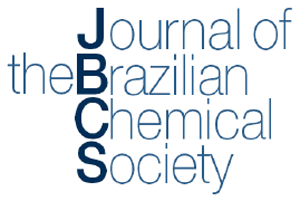Reported herein are the synthesis and characterization of the hexadentate H2L pro-ligand (N,N',N,N'-bis[(2-hydroxy-3,5-di-tert -butylbenzyl)(2-pyridylmethyl)]ethylenediamine), as a further derivative of the well known pro-ligand H2bbpen which contains two phenolate and two pyridyl pendant arms. The phenolate groups in H2L are suitably protected by bulky substituents (tert-butyl) in the ortho- and para- positions, from which stable phenoxyl radical complexes can be formed. Thus, we have synthesized four new mononuclear complexes with MnIII, GaIII, InIII and FeIII which through electrochemical oxidation generate one- and two-electron oxidized phenoxyl species in solution. These radical species were characterized by UV-Vis, Electronic Paramagnetic Resonance and electrochemical studies. As expected, in the case of the GaIII, InIII and FeIII complexes no metal-centered oxidation was observed. However, the manganese complex undergoes metal- and ligand-centered oxidation processes and therefore a phenoxyl radical-MnIV complex can be generated in solution. The crystal structures of the [MnIII(L)]+ and [GaIII(L)]+ complexes were determined by X-ray crystallographic analyses revealing monocationic complexes with distorted octahedral geometries.
H2bbpen; trivalent complexes; phenoxyl radical; crystal structures



















